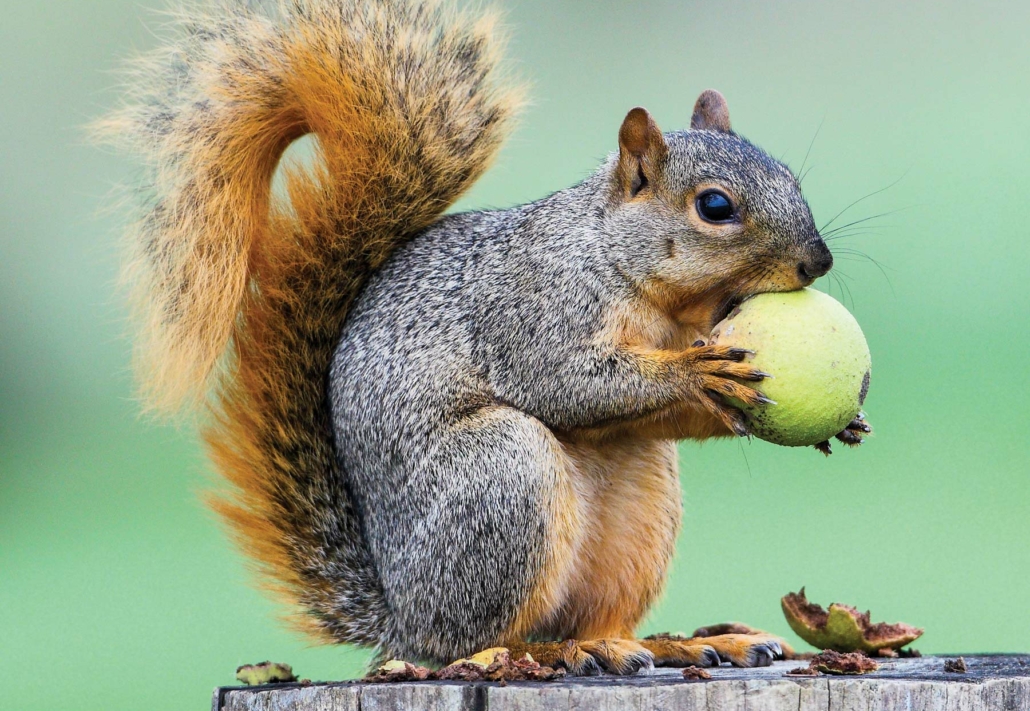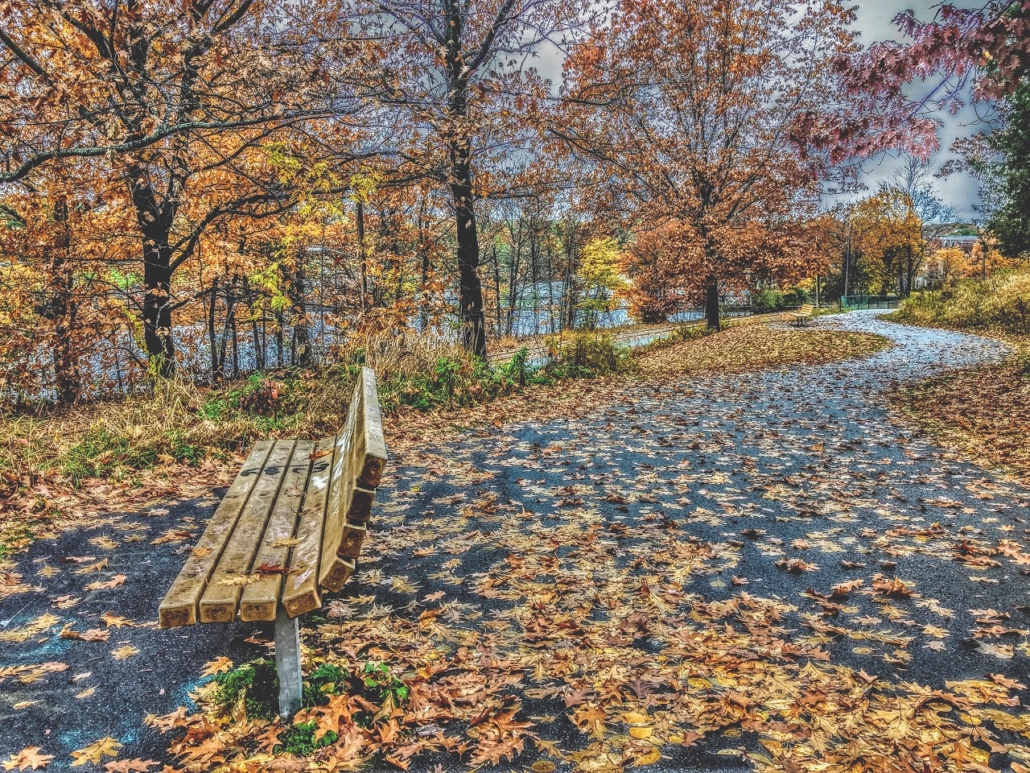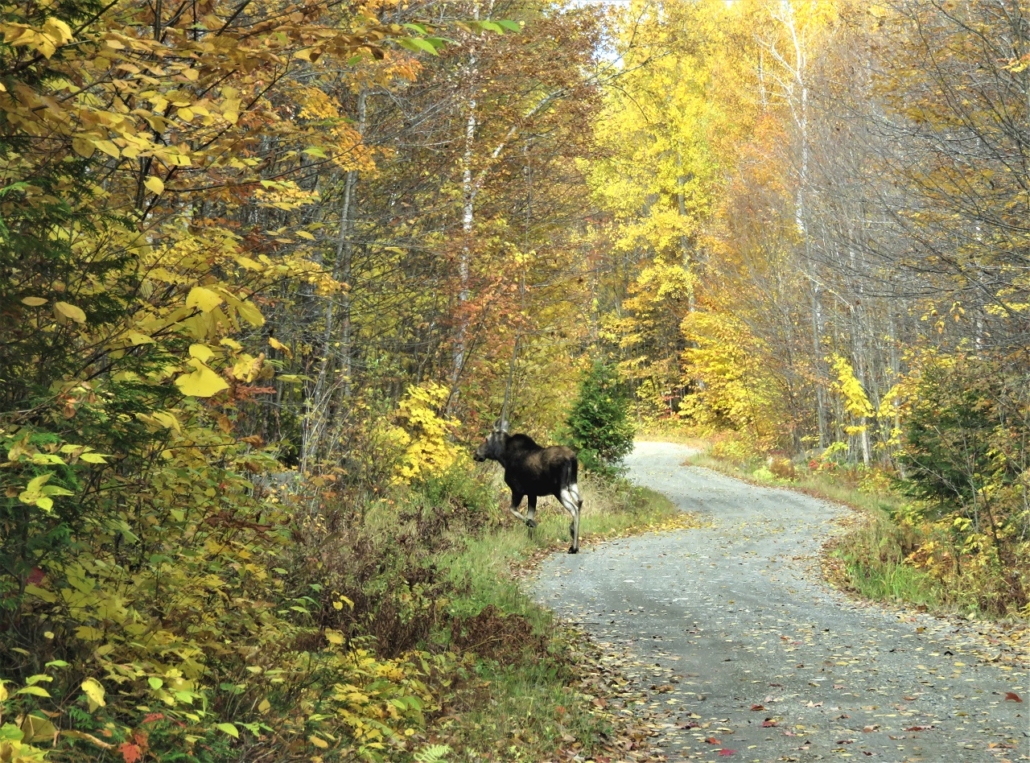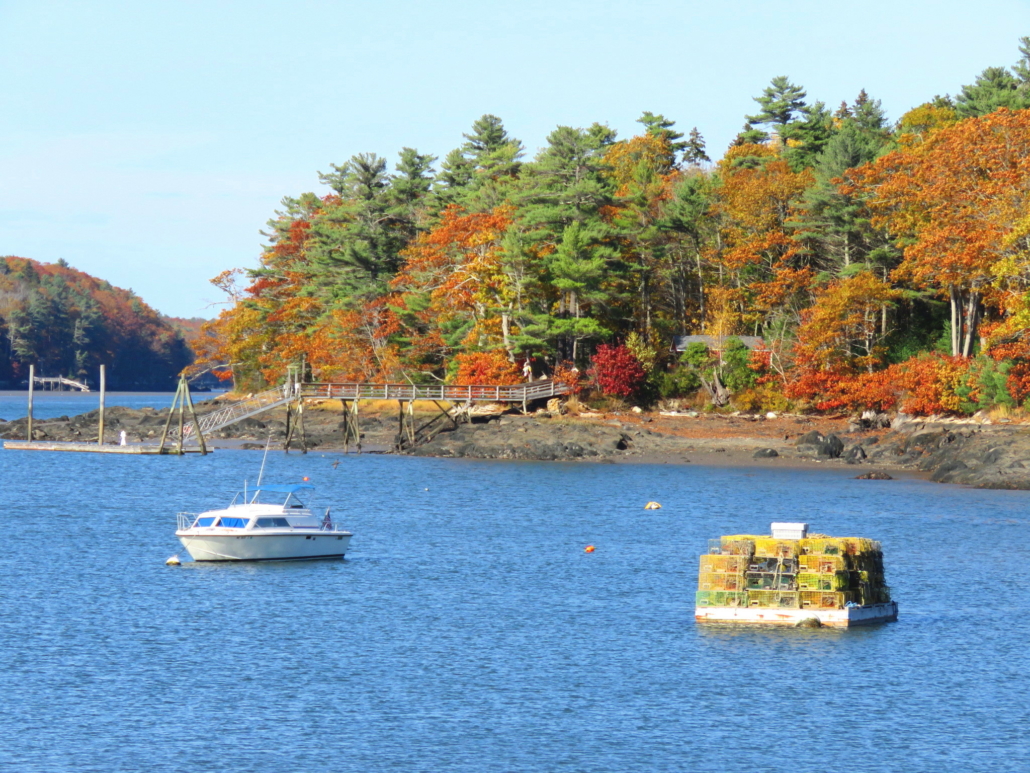FOR YOUR HEALTH – Four Books For All Tastes: Romance, Domestic Humor, Wild West Whodunit, In Praise Of Gratitude
 (NAPSI)—“The Tutor” by Marilee Albert.
(NAPSI)—“The Tutor” by Marilee Albert.
Alice wants to be close to her boyfriend in Paris, so off she goes—to Rome. Her other goals? To make art and find a muse. Instead, she finds herself a muse to various men: a TV-host dwarf, lonely banker, alcoholic playboy, aging prince, and the disillusioned Oscar-winning film director, Frank Colucci.
Although at opposite poles of life with little in common—the bright but broke Alice is just getting started and has few prospects, and the married-with-kids Oscar-winner Frank bored and disillusioned—the two form a bond.
Will this be an older, powerful man using his position to seduce a confused young woman, or something else entirely? And will Alice ever find her way?
From Rare Bird Books. Purchase at https://amzn.to/2lBy5LH.
“As Long As It’s Perfect” by Lisa Tognola
To Janie Margolis, “assistant contractor” sounds like the ideal job for a mom whose role raising kids has become routine-but her perfect plan starts to unravel when she and her husband find themselves arguing about everything. Then the economy collapses, and it’s hard to surmount the reality ahead: They are about to sink their savings into rebuilding a new house they can’t afford while trying to sell the one they own. Will Janie find herself homeless before she finds herself a home?
From crushes on contractors to frenzied shopping expeditions to a con artist kitchen designer and workers who fight like schoolgirls, Janie navigates the pitfalls of building all while struggling to stay out of debt and keep her marriage going.
From She Writes Press. To purchase: https://amzn.to/2lKT7ao.
“Killing Pat Garrett” by David G. Thomas
Pat Garrett, the Wild West’s most famous lawman, the man who killed Billy the Kid, was himself killed on a barren stretch of road near Las Cruces, NM. Who killed him? Was it murder? Was it self-defense?
“Killing Pat Garrett” is a different kind of whodunit, not put together from the imagination of a fiction writer. It is a meticulously researched work that considers all sides and presents all evidence in remarkable detail, drawing on new, previously undiscovered information.
This is a ride through the life of a famous Wild West figure, brought to life in actual conversation and documentation.
From Doc45 Publishing. Purchase at https://amzn.to/2lEkkM6.
“Best of No Small Thing: A Mindful Approach to Gratitude” by Deborah Hawkins
“Acknowledging the good that you already have in your life is the foundation for all abundance.”
The author, using Eckhart Tolle’s words as inspiration, has put together a collection of her 50 favorite blog posts, with the hope that they will allow gratitude and mindfulness to elevate the way you see the world and yourself.
Observing events and people in her life to identify the good already present became a regular, almost automatic habit. These moments needed to be charged with emotion in order to have the greatest impact, and she started wrapping stories around them. A companion guide book is also available.
Purchase at http://bit.ly/34A1gzK.
- BookBites is a continuing series bringing readers information and ideas for their next read. For more reading ideas, visit BookTrib.com and subscribe to the weekly newsletter.



 (NAPSI)—When a child or youth is placed into foster care, their safety and well-being become the shared responsibility of the community. Organizations such as the nonprofit Treehouse are an important part of the solution. Staff and volunteers work to provide childhood experiences everyone deserves, connection to resources and a successful launch into adulthood.
(NAPSI)—When a child or youth is placed into foster care, their safety and well-being become the shared responsibility of the community. Organizations such as the nonprofit Treehouse are an important part of the solution. Staff and volunteers work to provide childhood experiences everyone deserves, connection to resources and a successful launch into adulthood.











